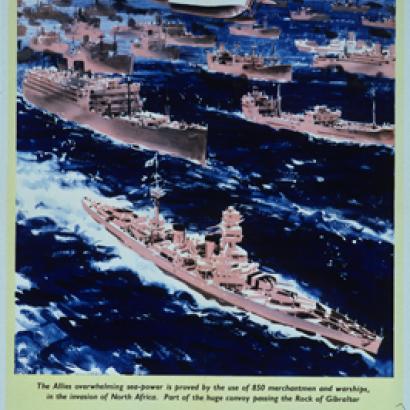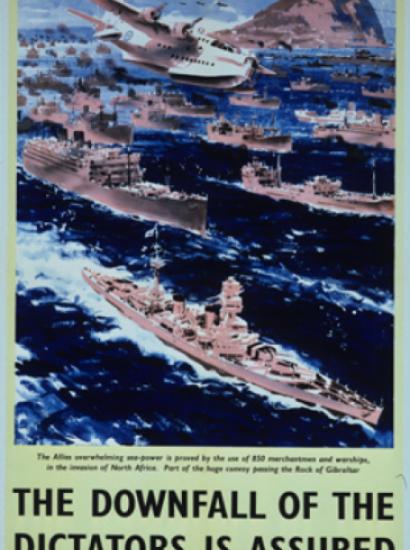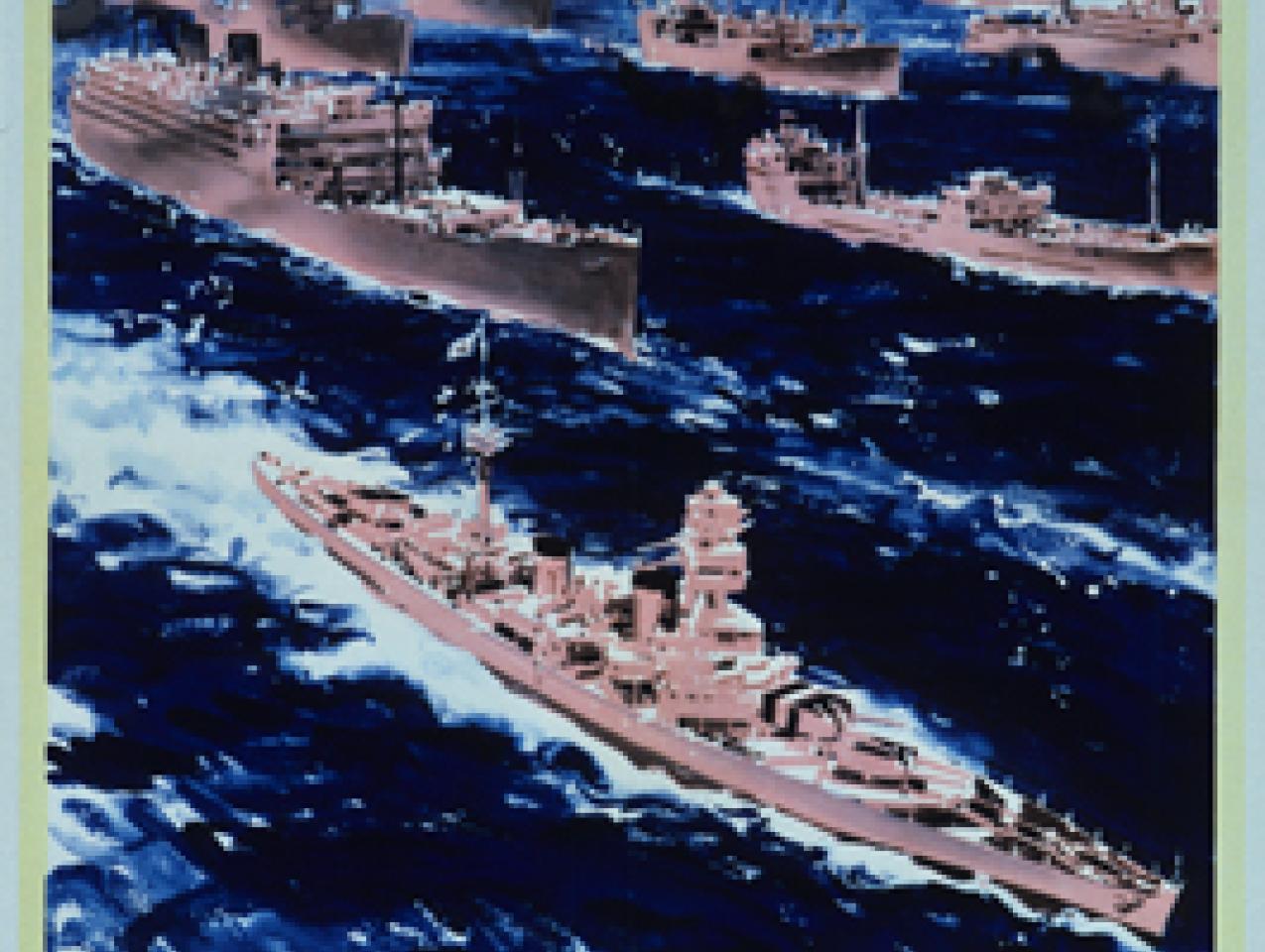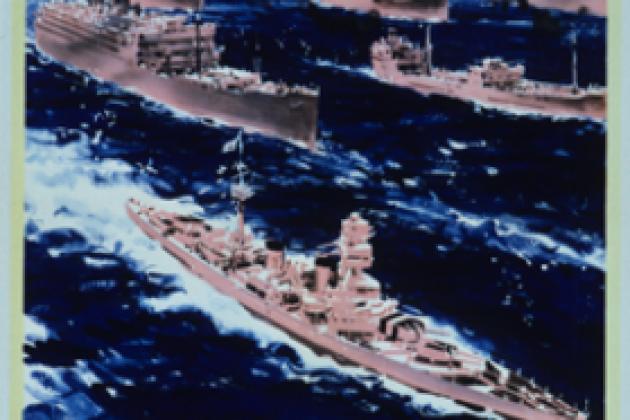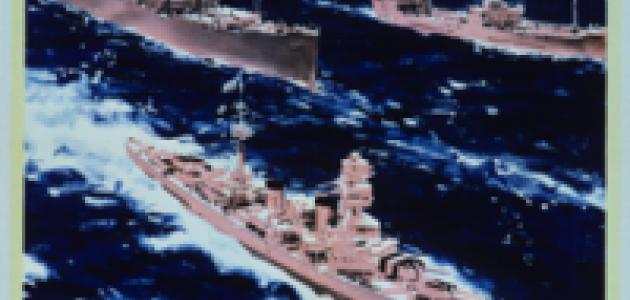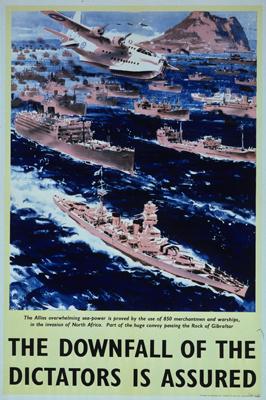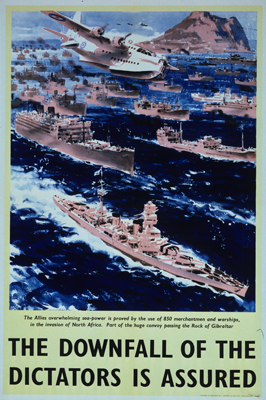
Seventy-five years ago this week, American and British forces stormed ashore on the beaches of Morocco and Algeria in the first major test of the Grand Alliance. The intent behind Operation Torch was to eliminate the Axis presence in Africa by placing Allied troops onto the continent behind Field Marshal Erwin Rommel’s Panzerarmee Afrika, at the time retreating westward through Libya after its defeat at the hands of General Bernard Montgomery’s Eighth British Army at the Battle of El Alamein two weeks earlier. President Franklin Roosevelt also wanted U.S. forces engaged against the European Axis powers by the end of the year to forestall public pressure to commit more American military power against the Japanese in the Pacific. It was the Japanese, after all, who had brought the United States into World War II by bombing the Pacific Fleet at Pearl Harbor, a surprise attack that both caught U.S. forces off guard and instilled in the American people a burning desire for revenge.
But focusing on fighting the Japanese would throw Allied strategy astray. That strategy, agreed upon during staff talks in the winter of 1941 before the United States was even a combatant, was to focus on Germany first and then move on to the other combatants. Germany was the most dangerous adversary and its defeat would ensure the eventual collapse of the other Axis powers, as Chief of Naval Operations Admiral Harold Stark pointed out in his “Plan Dog” memo to the president in November 1940. After the defeat of Nazi Germany, Italy would collapse and U.S. and Allied forces could, to paraphrase Prime Minister Winston Churchill, grind the Japanese to powder.
Operation Torch did not sit well with senior American military leaders, who wanted to gather U.S. and British forces in Great Britain and then launch Operation Roundup, an invasion of German-held France, in the summer of 1943. On July 10, 1942, General George Marshall and Admiral Ernest King sent Roosevelt a memo stating that unless the British agreed to this plan, the United States should alter its strategic priorities and focus on defeating Japan. Roosevelt would have none of it. He ordered Marshall and King, along with presidential adviser Harry Hopkins, to London to find common ground with senior British political and military leaders. Roosevelt specified that American troops were to be committed against the Axis in Europe or Africa by the end of the year and ruled out a shift of the main effort to the Pacific. For added emphasis, he signed the guidance memo as “Commander in Chief,” a rarity in presidential communications. After consultations, the Americans reluctantly agreed to Operation Torch.
Despite the misgivings of senior American military leaders, the North African campaign was a godsend to the U.S. armed forces, which were unprepared for a full-scale invasion of Europe. The Allies had not yet won the Battle of the Atlantic, nor had they gained air superiority over the continent of Europe. The American economy had not yet met the ambitious goals of the Victory Program, nor would it until the spring of 1944. As the subsequent fighting in Tunisia would reveal, the Army of the United States was poorly trained and unevenly led. Fighting in North Africa would give it the time it needed to mature as a fighting force. The Allied command apparatus also went through growing pains, and was much more smoothly functioning by the end of the campaign in North Africa. Senior Allied leaders also learned how to cooperate with one another, setting the stage for the invasions of Europe to come.
Marshall and King were wrong in their assessment of Torch as an unnecessary diversion of resources to a secondary objective. British intransigence and Roosevelt’s wisdom in ordering the invasion undoubtedly saved the Allies from what would certainly have otherwise been a disastrous defeat in France in 1943. The invasion ultimately secured North Africa, opened the shipping lanes in the Mediterranean, and provided bases from which to execute future operations that would knock Italy out of the war. Although the initial invasion briefly engaged Vichy French forces, Hitler’s decision to hold onto Tunisia consigned more than a quarter-million German and Italian soldiers to Allied prisoner-of-war camps by the time that the campaign concluded in early May 1943. The Axis powers also sacrificed 2,330 aircraft and 232 ships just to maintain a short-lived toehold in Africa.
Operation Torch was a significant step on the road to victory over the Axis powers, and with it the creation of the world as we know it today.







